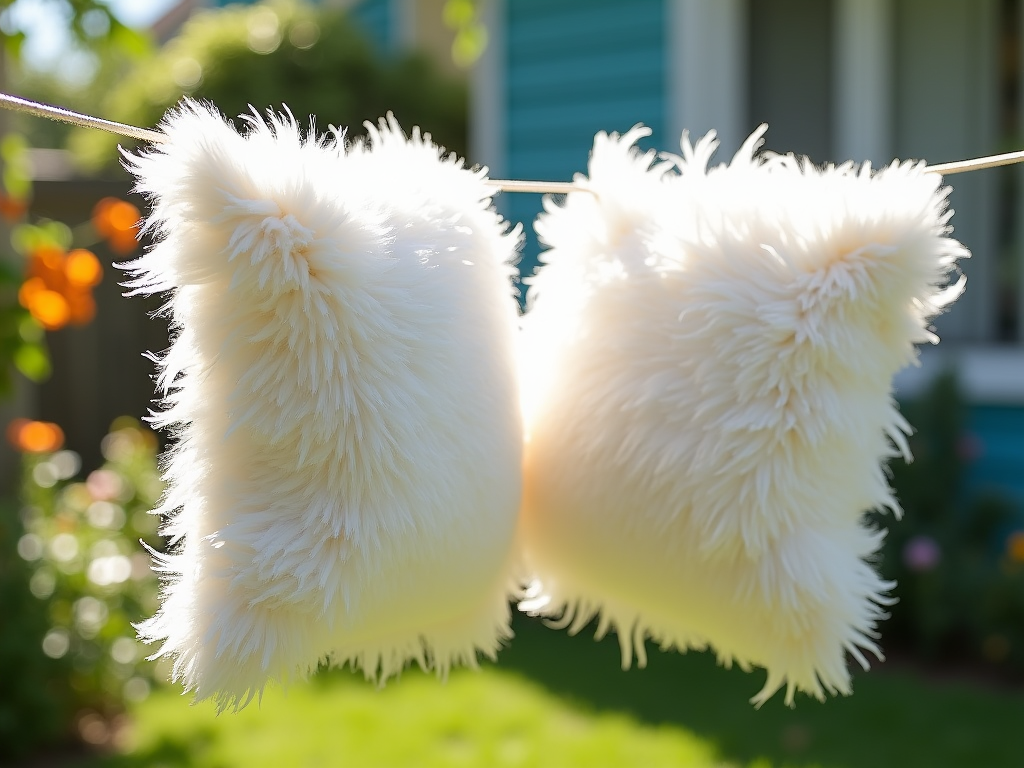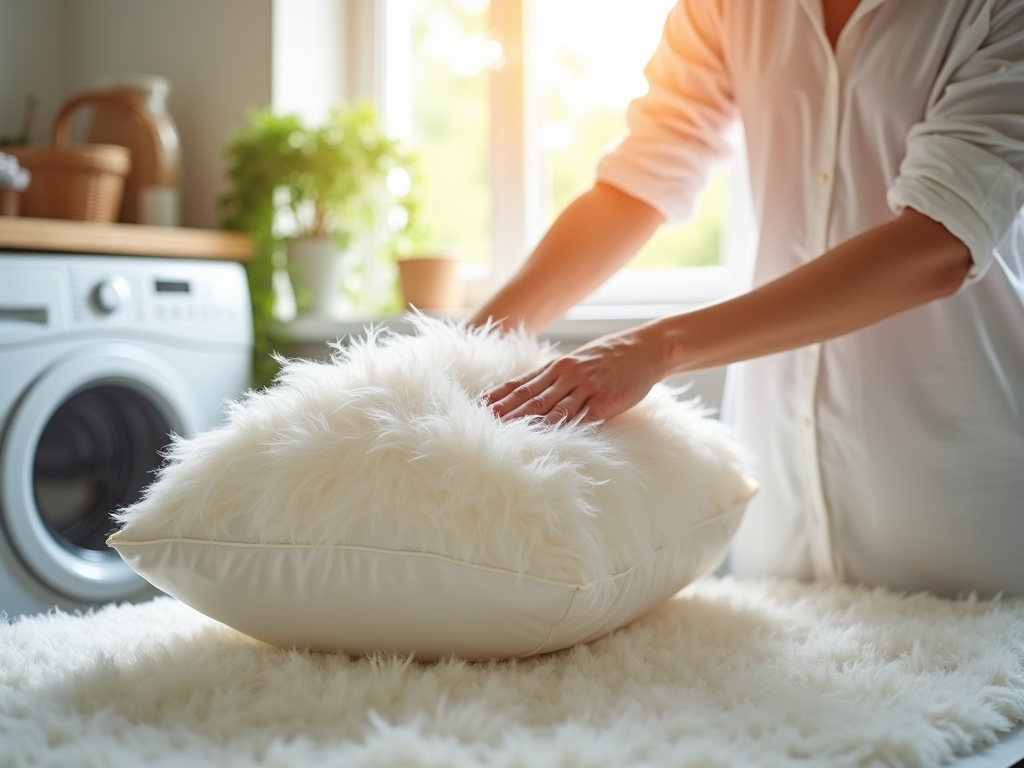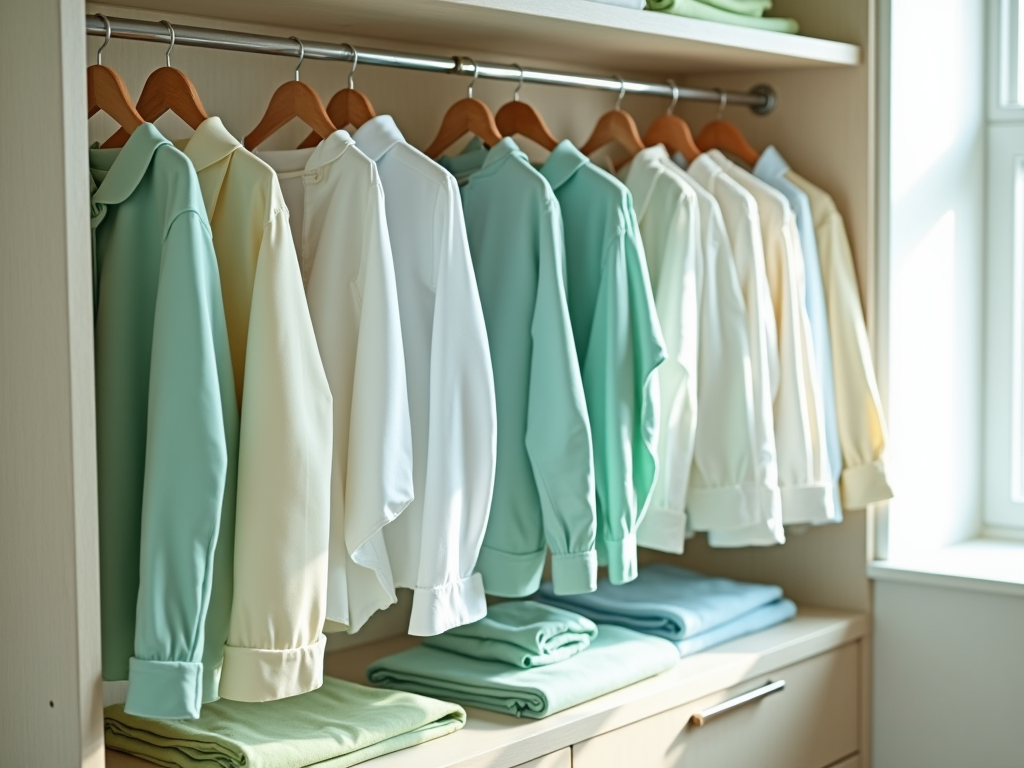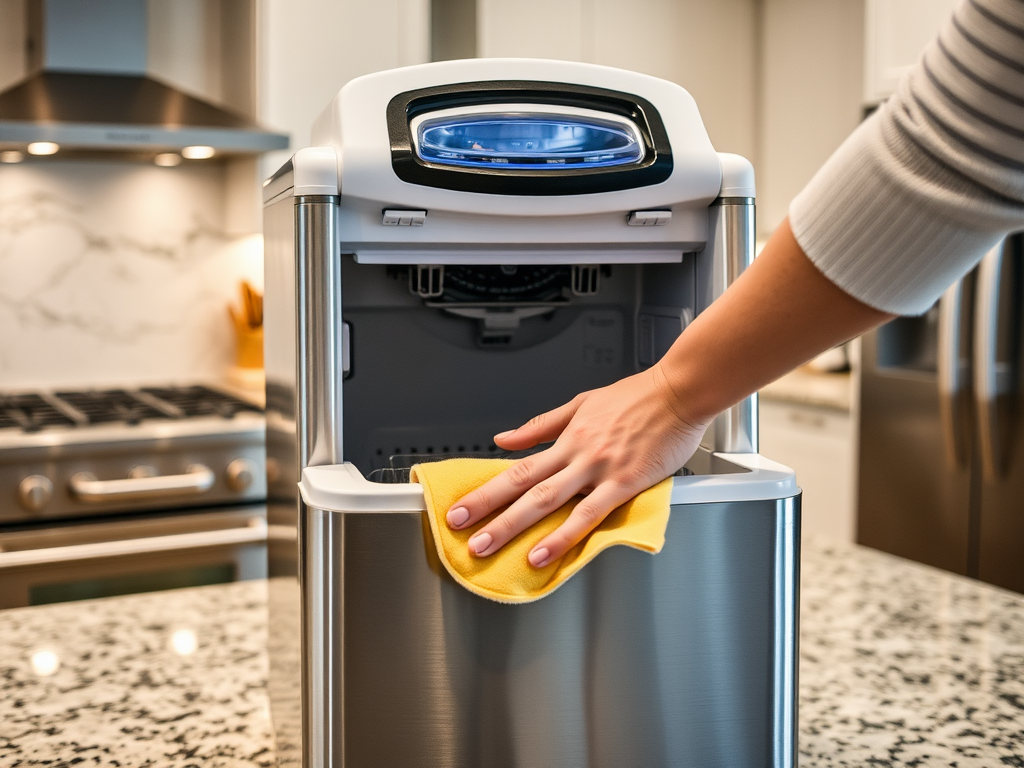Feather pillows provide unmatched comfort, cradling your head and neck for a restful sleep. Yet, to keep them feeling as luxurious as they did when you first bought them, proper care is essential. Over time, dust mites, allergens, and moisture can accumulate, making your beloved pillows less hygienic and comfortable. Cleaning your feather pillows isn’t just about maintaining their appearance; it’s also about ensuring a healthy sleeping environment. The good news is that with the right techniques, you can easily keep your feather pillows fresh and fluffy. In this guide, we’ll unravel the secrets to washing your feather pillows effectively.
Understanding Feather Pillows

Feather pillows are not just filled with any generic stuffing; they feature a filling made from duck or goose feathers. This unique composition gives them a soft yet supportive feel that many sleepers adore. However, thanks to their natural fiber fillings, these pillows do require specific care to avoid clumping and retain their overall shape. Knowing what your pillows are made of is paramount. By understanding the structure and materials of feather pillows, you can better grasp the importance of maintaining them. This knowledge allows you to develop a regular cleaning routine, ensuring they remain a delightful addition to your bedding.
What Are Feather Pillows Made Of?
Essentially, feather pillows vary based on the type of feathers used. Duck feathers provide a slightly firmer pillow, while goose feathers tend to offer a softer, more luxurious feel. Both types yield exceptional comfort, but they also carry different cleaning requirements. To get the best out of your pillows, it’s critical to be aware of these distinctions. This comprehension will guide you on how to wash them without damaging the filling. Whether you prefer the supportive nature of duck feathers or the plushness of goose feathers, knowing your pillows is half the battle won.
Why Is Cleaning Important?
Cleaning feather pillows is not merely a chore; it plays a vital role in maintaining health. Over time, these pillows can harbor allergens, dust mites, and bacteria, constituting a potential health risk. Regular cleaning helps keep these nuisances at bay, allowing you to breathe easier at night. Additionally, a good wash will effectively remove any odors that may have developed over time. So, by incorporating cleaning into your pillow maintenance routine, you extend their lifespan and enhance your sleep quality. Ultimately, this careful attention results in a healthier and more pleasant sleeping environment.
How to Prepare Feather Pillows for Washing

Before diving into the actual cleaning process, preparation is crucial in safeguarding your pillows. The first step is to understand the care instructions provided by the manufacturer. Care labels often specify unique washing guidelines that can help you achieve the best results. Ignoring these instructions could lead to irreversible damage, so taking a moment to check won’t hurt. Additionally, if your pillows have removable covers, be sure to take them off and wash them separately per their care instructions. This not only simplifies cleaning but also protects the feathers from any excess wear.
Take some time to carefully look at your pillow’s care label, as it may have specific washing instructions. Each pillow can differ, and knowing these will help you follow the right laundry route. Typical directions might include suggestions on water temperature, drying methods, and the type of detergent to use. By adhering to these guidelines, you can be sure that your pillows are well taken care of. Always keep a watchful eye for warnings against extreme temperatures or harsh chemicals. This small effort prepares you for a successful cleaning session.
Best Washing Methods for Feather Pillows
When it comes to washing feather pillows, you have a variety of methods at your disposal. Choosing the right method depends on your preference and the type of washing equipment you have. Whether you opt for machine or hand washing, the goal remains the same—keep your pillows clean while preserving their fluffy texture. Below, we will delve into two popular washing techniques, along with tips for each.
Machine Washing
Machine washing is perhaps the easiest and most convenient option, particularly if you have larger pillows. Make sure your washer is capable of accommodating your pillows comfortably for an even wash. For the best results, follow these steps:
- Use a gentle cycle with cold water.
- Add a mild detergent designed for delicate fabrics.
- Wash two pillows at a time to maintain balance in the washer.
Hand Washing
Hand washing is a gentle option, allowing you to control the amount of pressure applied to the pillows. For those who prefer this method, here’s what to do:
- Fill a bathtub or large sink with lukewarm water.
- Dissolve a small amount of mild detergent in the water.
- Gently submerge the pillows, pressing lightly to help the soapy water penetrate.
- Rinse thoroughly using clean water until all soap is removed.
| Washing Method | Pros | Cons |
|---|---|---|
| Machine Washing | Quick and easy | Risk of clumping if not done correctly |
| Hand Washing | Gentle on pillows | Time-consuming and labor-intensive |
Drying Techniques for Feather Pillows
Once you’ve cleaned your feather pillows, proper drying is just as important. Insufficient drying can lead to mildew and odors that are challenging to eliminate. You can choose to dry your pillows in a dryer or opt for air-drying, depending on your preference. Each method has its benefits and should be carried out with proper care for optimal results. Below are the steps for each drying technique.
Using a Dryer
If you decide to use a dryer, remember the following guidelines:
- Set the dryer on a low heat or air-dry setting to prevent damaging the feathers.
- Add dryer balls or clean tennis balls to help fluff the pillows during the drying process.
- Periodically check the pillows and remove them once they are completely dry.
Air Drying
Air drying is another effective method, especially in sunny weather. It’s a natural way to ensure your pillows dry without heat, which can sometimes lead to damage. Here’s how to proceed with air drying:
- Lay the pillows flat on a clean surface or hang them on a clothesline.
- Ensure they are in a well-ventilated area and flip them regularly to promote even drying.
Tips for Maintaining Freshness and Fluffiness
After washing and drying your feather pillows, it’s essential to maintain their fluffiness and freshness. Regular upkeep will ensure your pillows continue to provide the same level of comfort you have come to expect. Below are some best practices to keep in mind:
- Fluff pillows daily to redistribute the filling and maintain loft.
- Use pillow protectors to defend against moisture and allergens.
- Store pillows in a cool, dry place when not actively in use.
Conclusion
Washing your feather pillows may seem like a daunting task, but with the right knowledge and techniques, it can be simple and effective. Regular care not only prolongs the life of your pillows but also contributes to a streamlined sleeping experience. By following the guidelines outlined in this article, you can ensure that your pillows remain fluffy and fresh throughout the year. Ultimately, the investment in proper cleaning and maintenance pays off, leading to healthier sleep and greater comfort. Adopting these practices will help you enjoy your feather pillows for years to come.
Frequently Asked Questions
- How often should I wash my feather pillows? It’s recommended to wash your feather pillows every 6 months to maintain their freshness.
- Can I use bleach on feather pillows? No, bleach can damage the feathers and affect the texture of the pillow.
- What if my pillow is not fluffy after washing? Ensure your pillow is fully dried and consider using a dryer with dryer balls to help restore its fluffiness.
- Is it okay to use fabric softener? Generally, it’s best to avoid fabric softeners as they can coat the feathers and reduce their loft. Instead, stick with a mild detergent.
- What temperature water should I wash them in? Always wash feather pillows in cold or lukewarm water to prevent the feathers from clumping.



